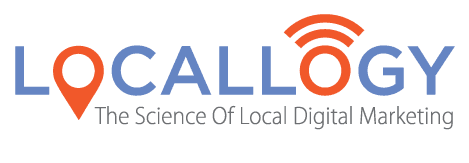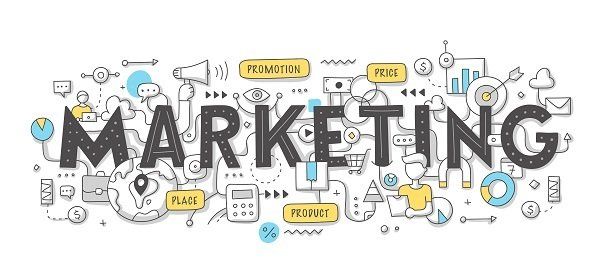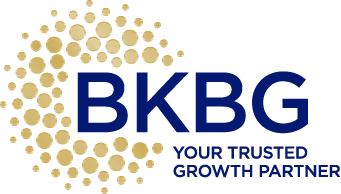The business world is full of terminology specific to different industries. The marketing space is no different. But marketing terminology has changed a lot over the past 20-years or so, when marketing by way of the internet became the norm.
As consumers evolve in relation to the internet, new marketing strategies are being formulated and new terminology is constantly cropping up. There are a few basic terms, however, that everyone should be familiar with.
Here’s the list in alpha order.
Analytics
Analytics is the result of gathering data, sorting it, analyzing it, and gleaning meaningful insight from it. Data can come from a variety of places, like your website traffic, conversions, social media interactions, and so on.
Automation
Automation generally refers to tools or application s that allow you to automate your marketing campaigns. Automation helps ensure interaction with customers is timely and appropriate.
Bounce Rate
Bounce rate refers to the number (typically by percentage) of visitors who leave your website without clicking on anything or navigating to any other pages. The visitor views only one page of your site, then leaves. The rate is the number of visitors who bounced compared to the total number of site visitors.
Buyer Persona
The term buyer persona is certainly not specific to internet marketing, but the internet has changed the way buyer personas are studied and used. Buyer persona is simply a summary of your ideal customer. Buyer persona can be discovered with market research and analyzing online patterns.
Conversion Rate
Conversion rate refers to the number (typically by percentage) of your site visitors who take a desired action, such as click on a link, fill out a form, or sign up for updates. The rate is the number of visitors who took action compared to the total number of site visitors.
Engagement Rate
Engagement rate is the measure of interactions a piece of content receives, such as like, shares, or comments. The rate is the number of engagements compared to the total number of views or followers (as in social media.)
Evergreen Content
Evergreen content describes content that will remain relevant
and fresh, even
after time has passed.
This is a big SEO benefit.
Co
ntent that is time-sensitive or only relevant for a certain span of time, is
not
evergreen.
Inbound Marketing
Inbound marketing is the method of attracting customers by sharing helpful information and content. Inbound marketing is non-intrusive, and can be done in many ways, including blog articles, social media posts, or e-books. Learn more about inbound marketing here .
Keyword(s)
Keywords are the words or phrases consumers use to search for a particular topic . Relevant keywords are used on your website to increase the chance a page on your site is returned in the results during one of these searches. Keywords should always align with your target customer.
Landing Page
A landing page describes a webpage where a customer “lands” after they have clicked on an ad or other external link. Landing pages typically use contact forms or other methods to gather a customer’s information. Landing pages also include one or more calls to action, encouraging the customer further through the buying process.
Organic Traffic
A landing page describes a webpage where a customer “lands” after they have clicked on an ad or other external link. Landing pages typically use contact forms or other methods to gather a customer’s information. Landing pages also include one or more calls to action, encouraging the customer further through the buying process.
Outbound Marketing
Outbound marketing is the opposite of – you guessed it – inbound marketing (see above.) Outbound marketing uses intrusive tactics to attract customers’ attention. This can include TV, radio, or print ads, or website pop-ups. Learn more about the difference between inbound and outbound marketing
here.
Paid Traffic
Visits to your website generated by paid advertisements, like Google Ad s (formerly known as Ad Words ) or sponsored posts on Facebook or Instagram, are considered paid traffic. Paid traffic comes from advertisements based around particular keywords or pre-determined demographic data .
PPC — Pay-per-Click
PPC is a form of paid advertising in which you are charged a fee each time someone clicks on your ad. In this model you are essentially paying for website traffic.
Responsive Design
Responsive design is not a marketing term per se, but it is still very important in the internet marketing world. Responsive design describes the way a website accommodates viewing on different devices. From a marketing standpoint, it is important a website is responsive and looks good no matter what device the viewer is using, be it a laptop, phone, or tablet.
SEO — Search Engine Optimization
SEO is a technique used to increase a website’s performance in web search results. There are various components in SEO, including website design, content, keywords, image tags, and others. The goal of SEO is to make
the pages on
your website
as relevant as possible and therefore, at the top of page 1 in any search result.
Want to learn more about internet marketing and how it can help your business grow? Check us out at
Locallogy . We're internet marketing experts and we'd love to help your business!






